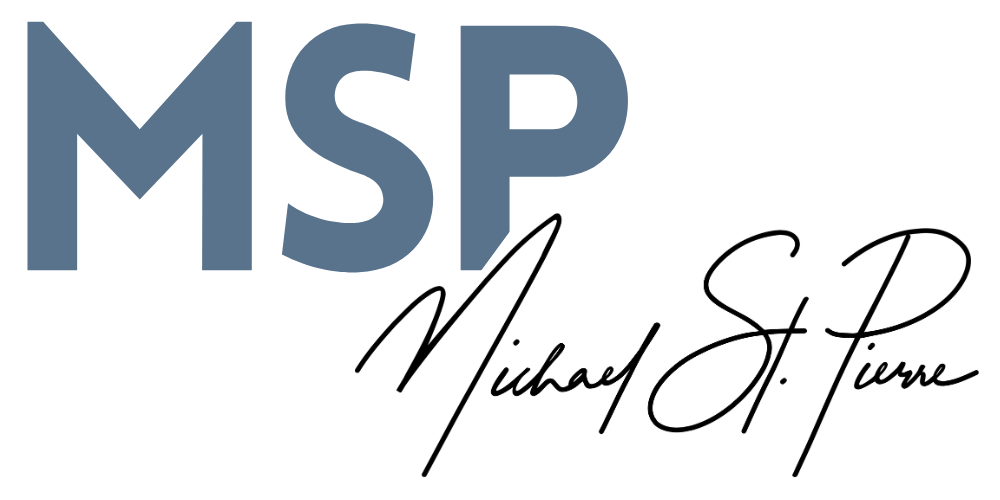Productivity expert Carson Tate uses a wonderful tool to categorize folks according to their personal style of working.
The Arranger
The Planner
The Visualizer
The Prioritizer
You can take the test here. The book is even better as each chapter lets you just zoom in on the strategies that match your particular style. As an avid book scanner, it was nice to be able to breeze through each chapter, not feeling guilty about it.
I'm a Planner first and a Visualizer second. My wife is an Arranger to the max.
Typically, when you take any assessment like Tate's (or Disc or Myers Briggs, etc.) it just gets filed and you move on. I decided to do something different this time around. I wanted to savor the assessment and link it to other measurements like Disc, Meyers Briggs and Enneagram.
What if I could design a personal growth "tool" of sorts? And, what if I could make it look nice?
The latter part was important to me. Yes, I've written (in the past) my goals and posted them on my office wall. Yes, it's worked. What didn't work was the utilitarian vibe- I needed something stylish, something with some class.
Enter Canva.com.
I use Canva daily (yes, daily) for reports, flyers, brochures, social media graphics and anything else in between. It's nearly free and makes even the most basic designer look like a pro. What if I could take my productivity style, along with a few other growth metrics, and create something out of it for my office? Using Canva, I finally could.
Step two was to find a template in Canva that matched my office's aesthetic. I chose a "resume" design- very simple and easy to manipulate.
Step three became more difficult as I had to limit the information to one page. The temptation in these things is to make it complicated. Not this time, I told myself...
The final product included the following:
- Mission statement
- Productivity style
- Myers Briggs indicator
- Disc rating
- Enneagram rating
- Quarterly goals
- Spiritual growth target
- Audacious career goal
Here's what the final product looks like in my office:
The value of this process was twofold. First, it memorialized what I'm working on right now. Second, it made personal growth much more than just a few ideas on a scrap of paper. When you make something look nice, it gives it dignity and a proper place.
Think- Baron Fig notebook as opposed to a cheap $1 version.
You can do this too. It's that easy. I've created a template for you to use for yourself. It will save you about 15 minutes. If you're familiar with Canva and want to do it on your own, that's ok too.
Here's the download:
Free Personal Growth Template
Get your copy of the personal growth template.
The real question is this: how are you capturing and honoring your own growth goals?








